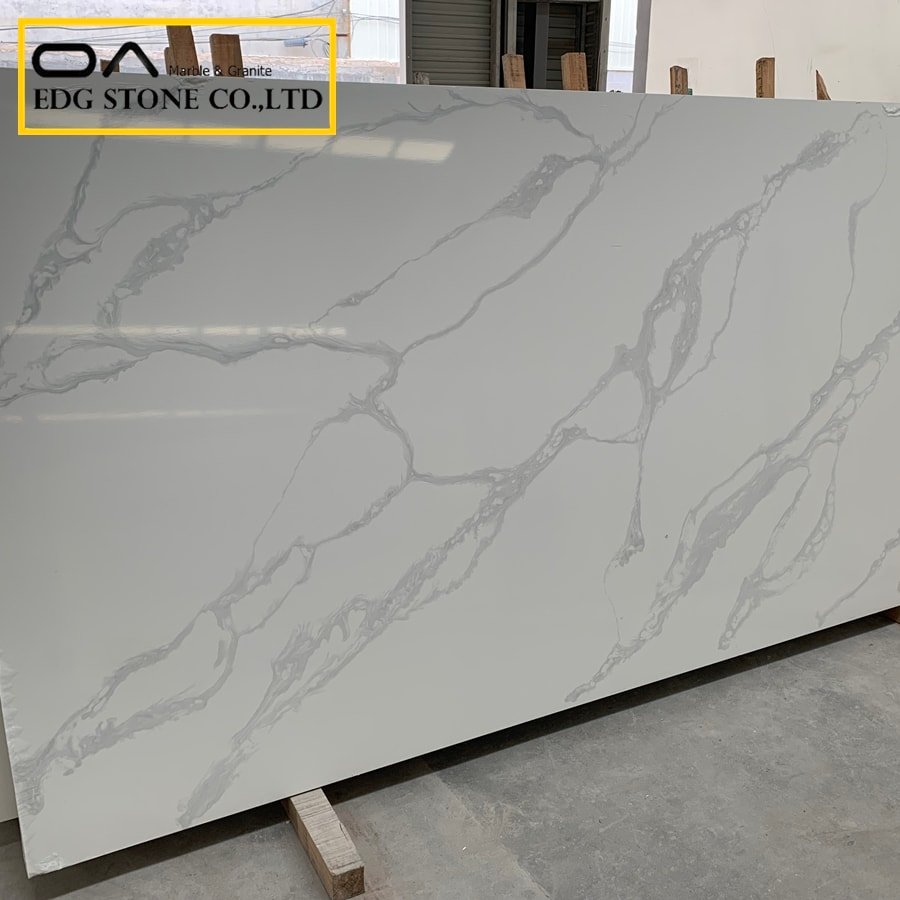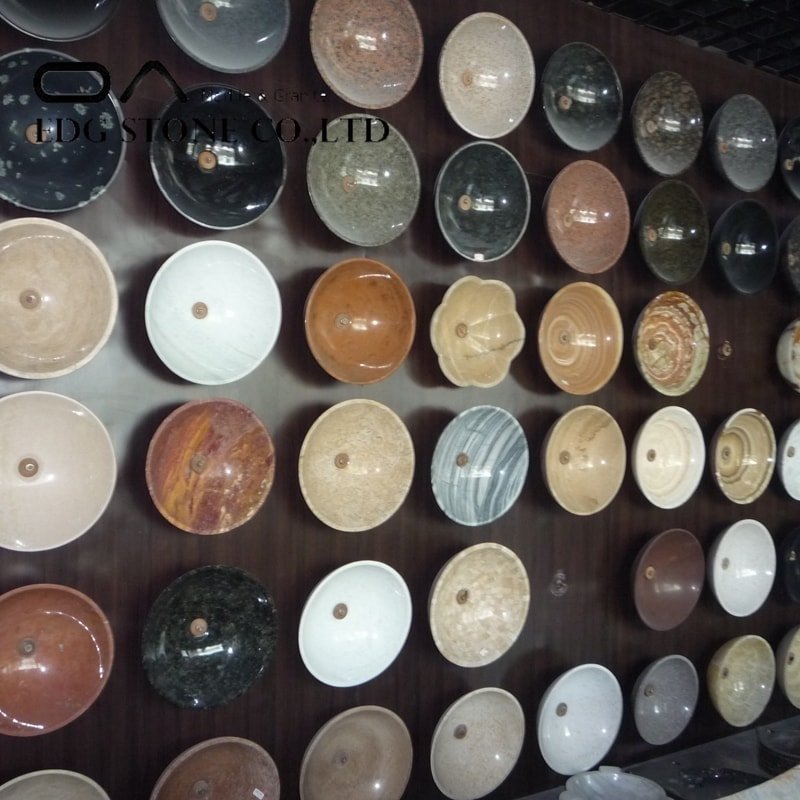Why is the quartz stone countertop cracking?
1. It may be locally subjected to high temperature and external impact, causing the quartz stone table to crack. For example, placing the soup pot directly from the stove on the quartz stone countertop, then the quartz stone countertop will be instantly stimulated by high heat and may crack; similarly, when we chop bones, it may also cause the quartz stone to crack.
2. Cracking around the corner. Sometimes, the corner of the engineered quartz stone countertop may crack, such as being hit hard or the temperature changes, or when we re-lay the quartz stone countertop, there is no gap, and when it expands, it will cause cracking due to extrusion.

3. Cracks around the basin. It may be that when the master is constructing, the periphery of the washbasin is not smooth, or the gap is too small, which will cause the quartz stone countertop to crack.
4. The rear water blocking edge is cracked because the glue is not firmly attached. Some families will install a water-retaining strip near the wall, so if the glue is not firmly attached, it will also crack.
5. Crack at the joint of the table. The splicing place will also cause the quartz stone table to crack due to the reason that the glue is not applied evenly, or the seam is not aligned.
6. Material fraud
The first thing I need to explain to you is that high-purity quartz stone countertops will not crack for no reason. So the first reason why the quartz stone countertop is open is that the quartz used in the quartz stone countertop is not pure. Even some inferior quartz stones are used so that they cannot reflect some physical characteristics that quartz countertops should have. In later use, they will be easily cracked when they are subjected to some pressure or other physical factors. Therefore, when we choose quartz stone countertops, we must choose high-quality quartz stone countertops with relatively high purity as our kitchen countertops. Do n’t choose some inferior quartz stone countertops because we want to be cheap so that it will be used in the later stage. Very troublesome.
7. Production problems
The second cause of the cracking of quartz stone countertops is that the production process of the countertops is not qualified. Generally speaking, the quartz stone is forged during the production of quartz stone countertops. And some non-standard manufacturers have insufficient pressure on the forging equipment of quartz stone, then the strength of the quartz stone plate that comes out is very poor, and it will be very strong when it has been affected by some heavy pressure or other factors. It is easy for the countertop to crack during use. Therefore, when we choose a quartz stone for kitchen countertop for this point, we should choose some quartz stone countertop manufacturers with a good reputation and some big factory history to buy.
How to repair after cracking? First, use an angle grinder to cut the seam. If the gap is large, you can take the required size strip from the bottom of the table. After polishing, insert the cut, and use the manufacturer’s original glue line to splice and polish it. Splicing cracks cannot be repaired directly with other glues (marble glue, glass glue), because they will crack again after a long time, which is time-consuming and laborious. It is best to use original resin glue from plate manufacturers. Specific steps are as follows:

Tool list
As the saying goes, “Workers who want to do their best must first sharpen their tools.” Before the operation, please prepare the following tools:
Speed adjustable angle grinder, glass grinding disc, stone cutting disc, bowl-shaped emery cutting disc, resin grinding disc (water grinding disc), tray, self-painting (varnish), wool felt, stone wax, thousand blades, sponge grinding wheel, 502 glue, 95% alcohol, white towels, paper cups, art blades, rear water blocking.
(The following operations apply to the user’s table)
Step one: Angle grinder cuts the groove (note the line shape and depth).
Step two: Grind the slice at a good angle and insert it into the slot (note that it needs the same batch as the tabletop repair material and needs to be seamlessly fitted, same quartz stone colours)
Step 3: Arrange the slices and apply glue (need to be placed in order)
Step 4: Polish the slice (after the glue is completely dried)
Step five: water mill polishing (pay attention to the use of abrasive discs), and clean the countertop and kitchen in time (this item greatly increases customer satisfaction)






